A personalized birthday card can make any celebration more special, and creating printable ones gives you the freedom to add a unique touch. Whether you’re designing for a friend, family member, or colleague, a well-made card can leave a lasting impression.
But without the right approach, your design might not turn out as polished or meaningful as you’d like. This blog will share five best tips to ensure your printable birthday cards are visually appealing, heartfelt, and easy to print.
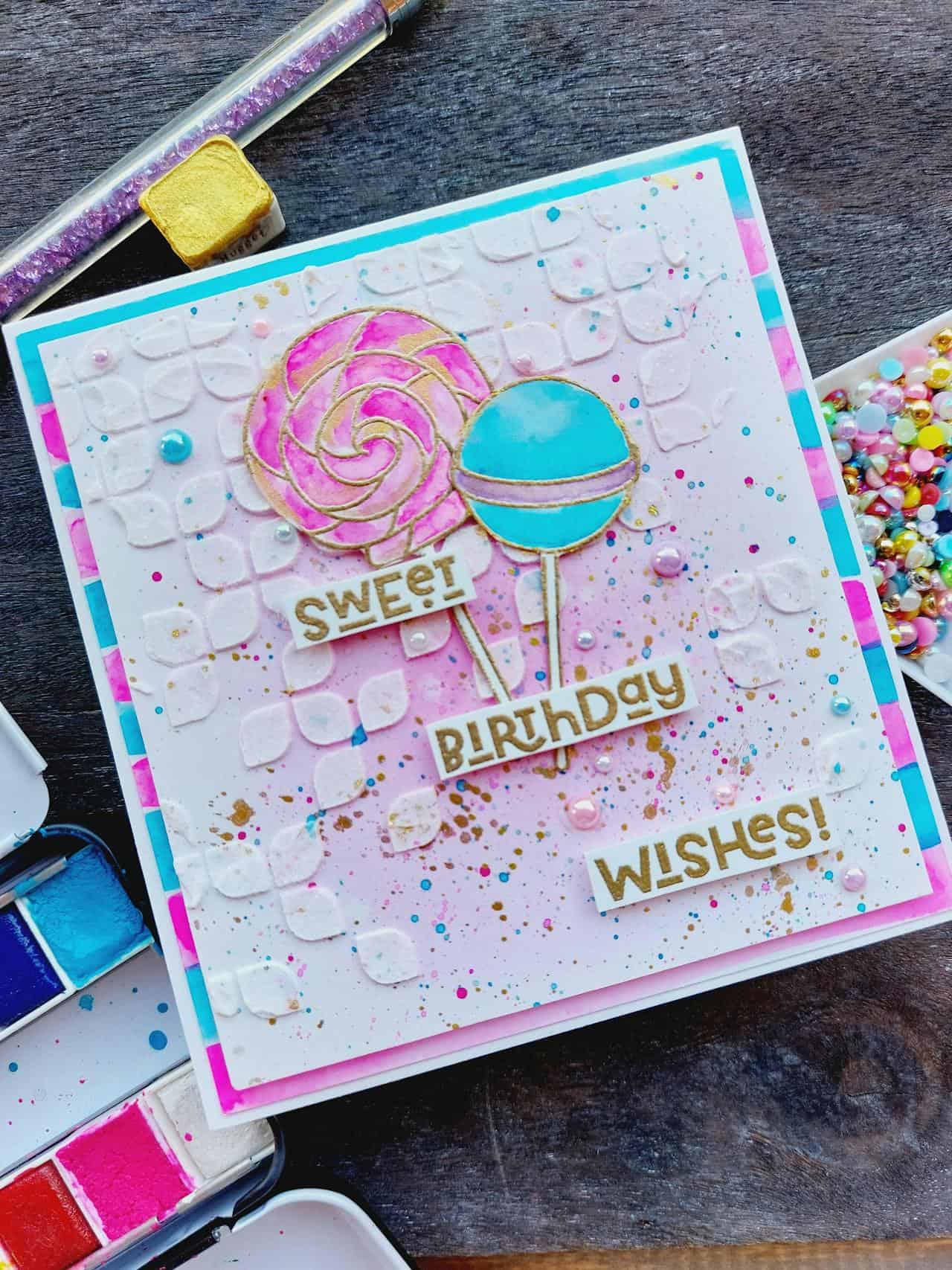
1. Choose the Right Design Software
To create a great printable birthday card, start with the right design software. If you’re new to designing, use beginner-friendly tools like Canva or Microsoft Word. These programs have pre-made templates that make it easy to customize your card.
If you want more control, try Adobe Photoshop or Illustrator. These allow you to create detailed and unique designs. Free options like GIMP or Inkscape are also useful for advanced editing.
When choosing software, look for features like text editing, image importing, and color adjustment. These help you create a polished design.
2. Select a Suitable Card Size and Format
Standard sizes include A5, A6, and 5x7 inches, which fit easily into common envelopes. If you want a foldable card, set up a template with a crease in the middle. A one-sided postcard-style card is another option.
When choosing a format, use a high-resolution setting (300 DPI or more) for sharp prints. PDF is the best format for printing, as it preserves colors and layout. If printing at home, check your printer’s maximum paper size. Some printers may not support larger designs.
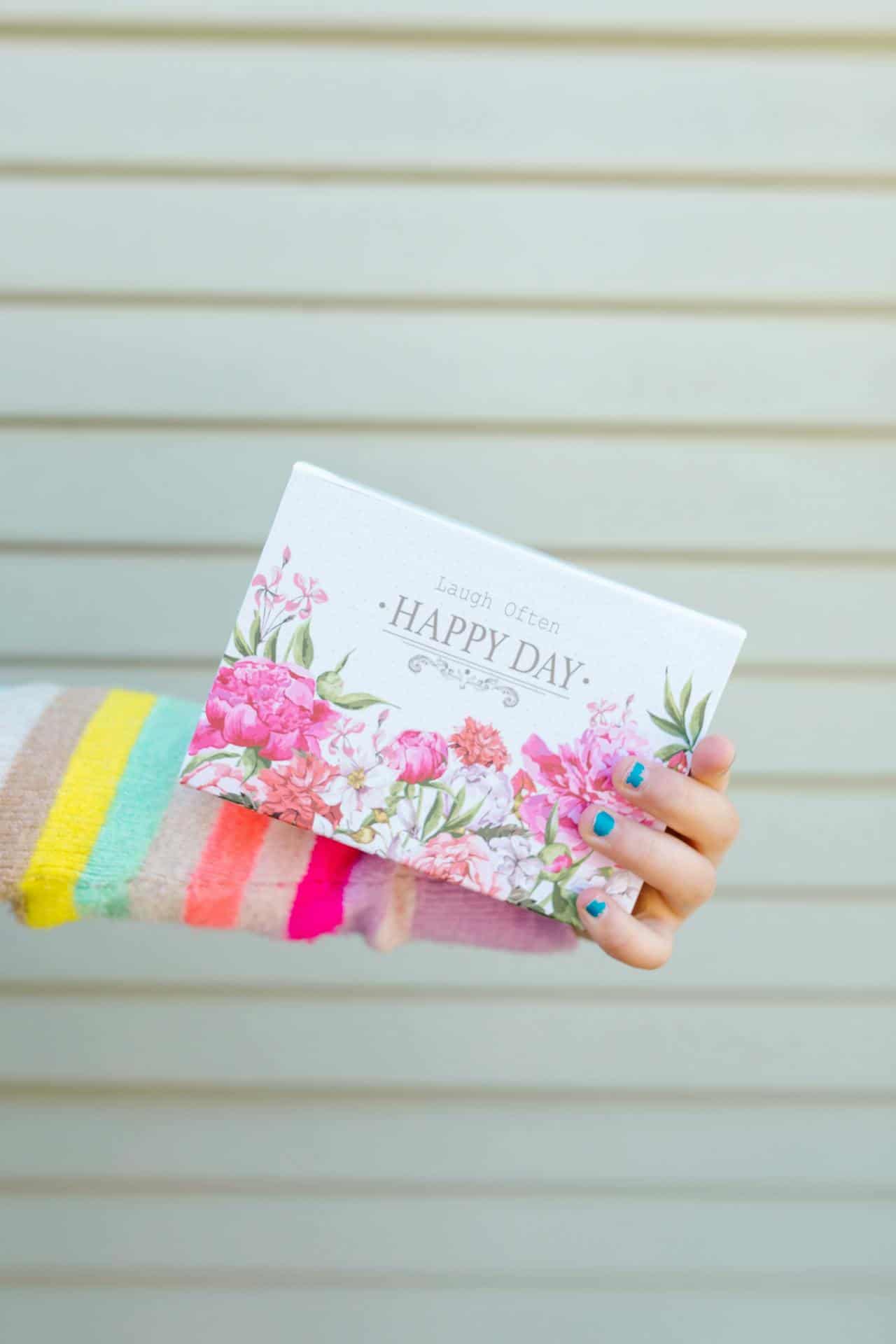
3. Use High-Quality Graphics and Fonts
Low-quality graphics may look blurry when printed, so always use high-resolution images (at least 300 DPI). You can find free graphics on websites like Unsplash or Pexels. If using clipart, make sure it’s in PNG format with a transparent background for a cleaner look.
Choose fonts that are easy to read, like Arial or Times New Roman. For a playful feel, try handwritten-style fonts, but avoid ones that are too fancy or hard to read. Keep font sizes large enough to be clear when printed. If you add colored text, check that it contrasts well with the background.
4. Personalize with Photos and Messages
Adding personal touches makes a birthday card more special. Include the recipient’s name and a heartfelt message to show thoughtfulness. A short, meaningful note like “Wishing you a fantastic year ahead!” can make a big difference.
If the card is for a close friend or family member, add an inside joke or shared memory. You can also include photos to make it unique. Choose clear, high-resolution images that fit well in the design without overcrowding the space.
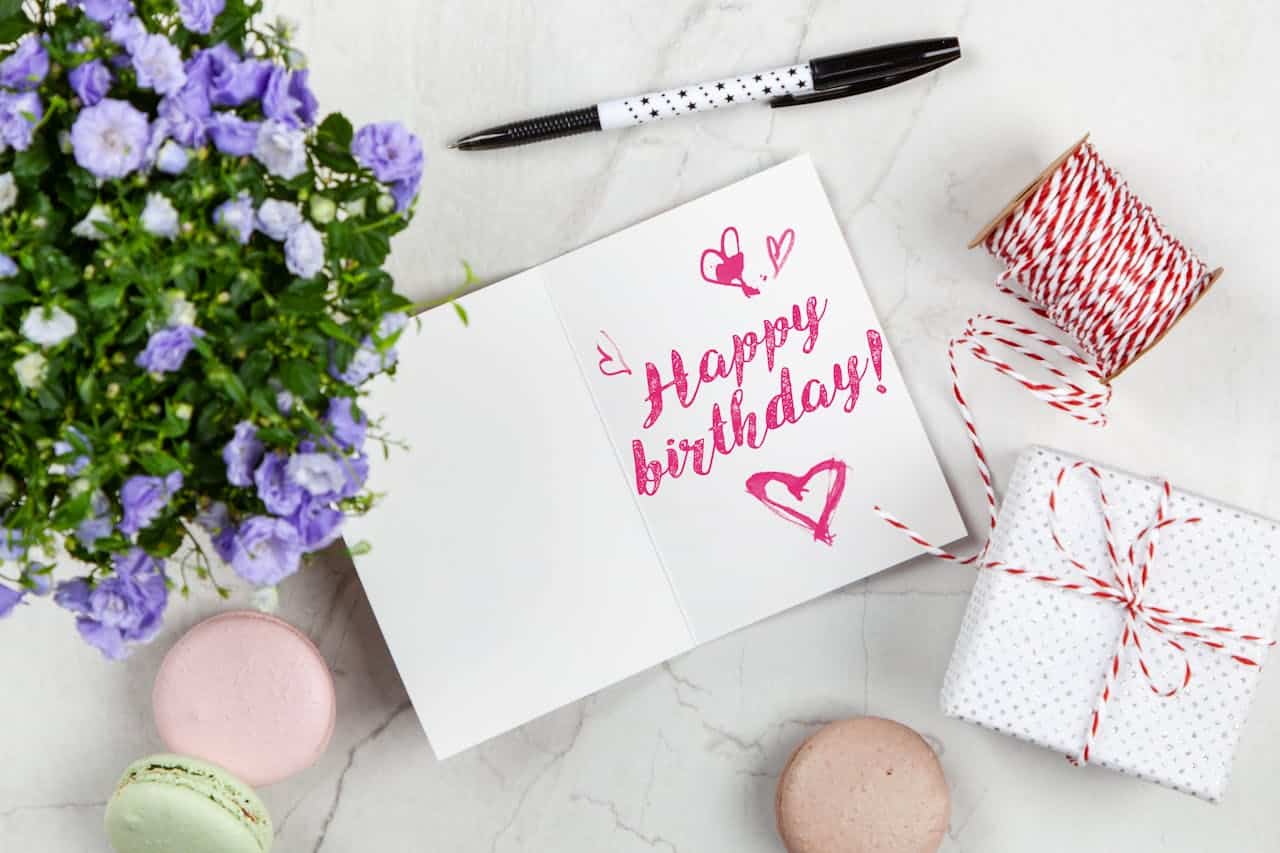
Placing a border around the photo can make it stand out. If adding multiple images, arrange them neatly to keep the card balanced. Stickers, icons, or decorative elements can enhance the design but don’t overdo it.
5. Test Print Before Finalizing
Before printing multiple copies, always do a test print. This helps you spot mistakes and adjust colors, fonts, or layout if needed. Use the same paper type you plan to print on for accuracy. If the card looks too dark or light, adjust the brightness in your design software.
Make sure there is enough space around the edges to prevent parts of the design from getting cut off. If you’re printing a foldable card, ensure the crease is in the right place.
Celebrate Special Occasions
With the right design, materials, and printing techniques, you can craft a memorable card that truly stands out. Start designing today and make every occasion extra special with a heartfelt, personalized touch!

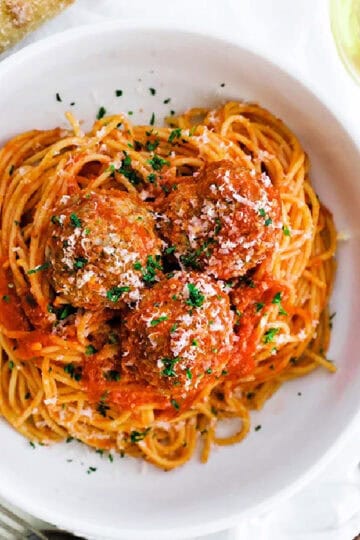

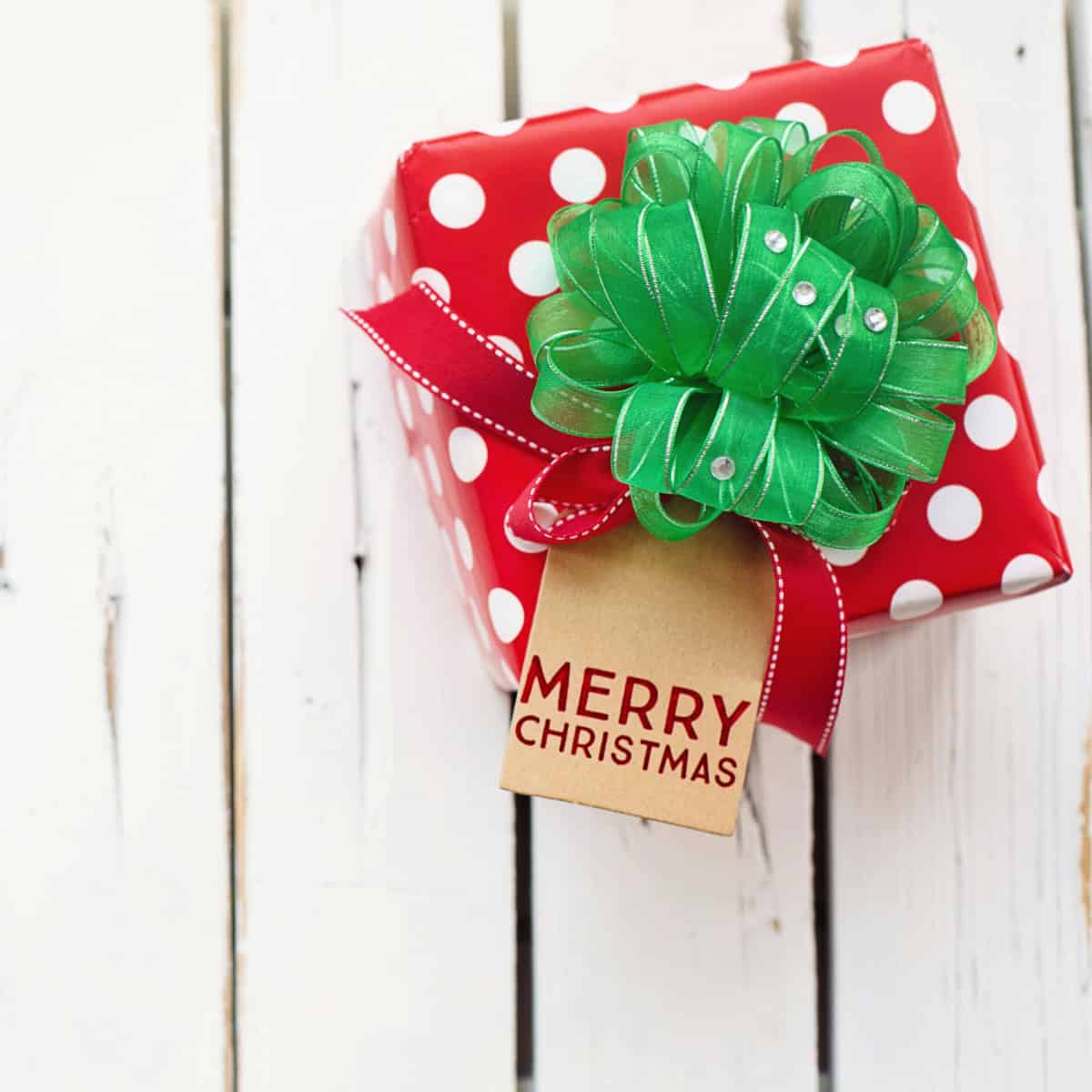
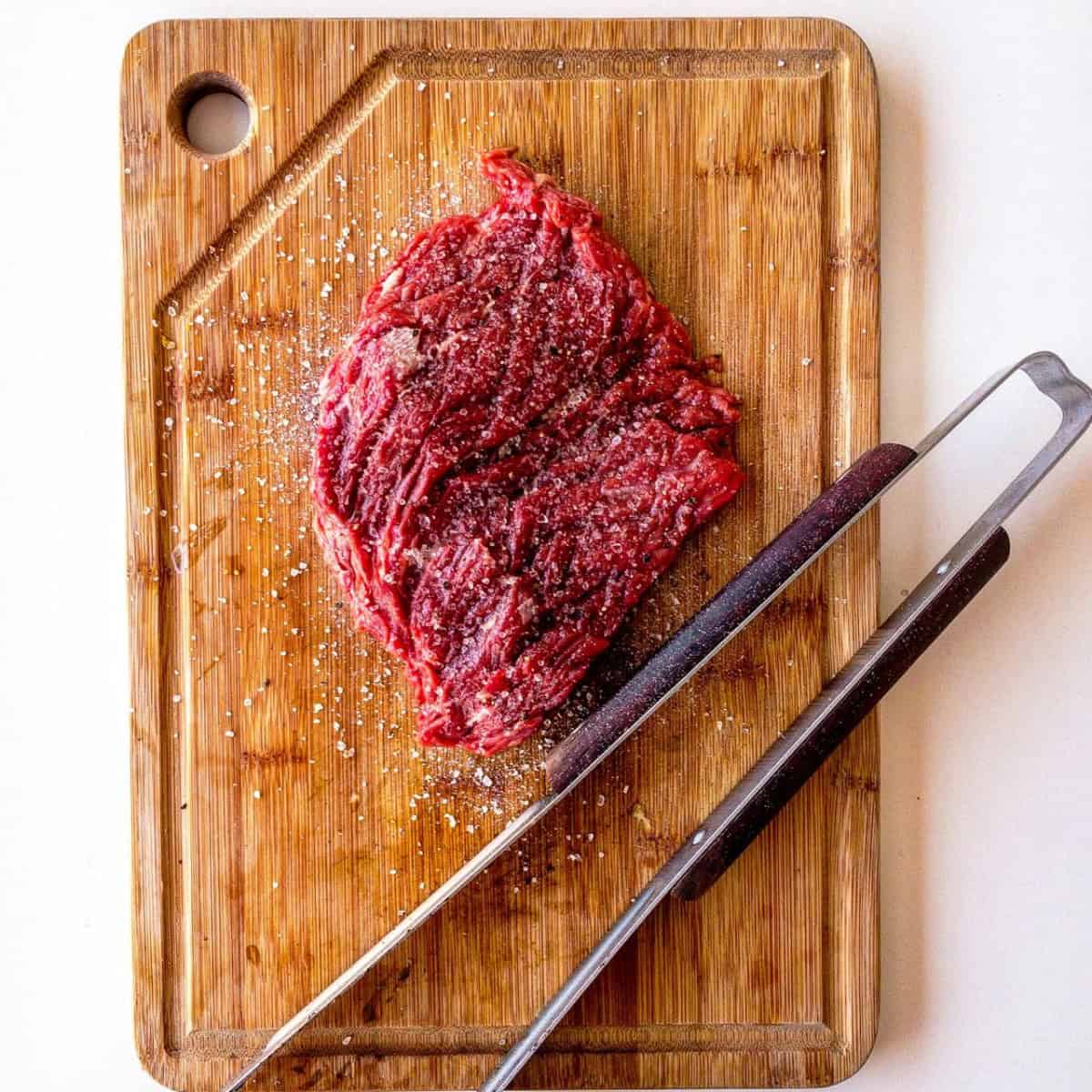
Leave a Reply